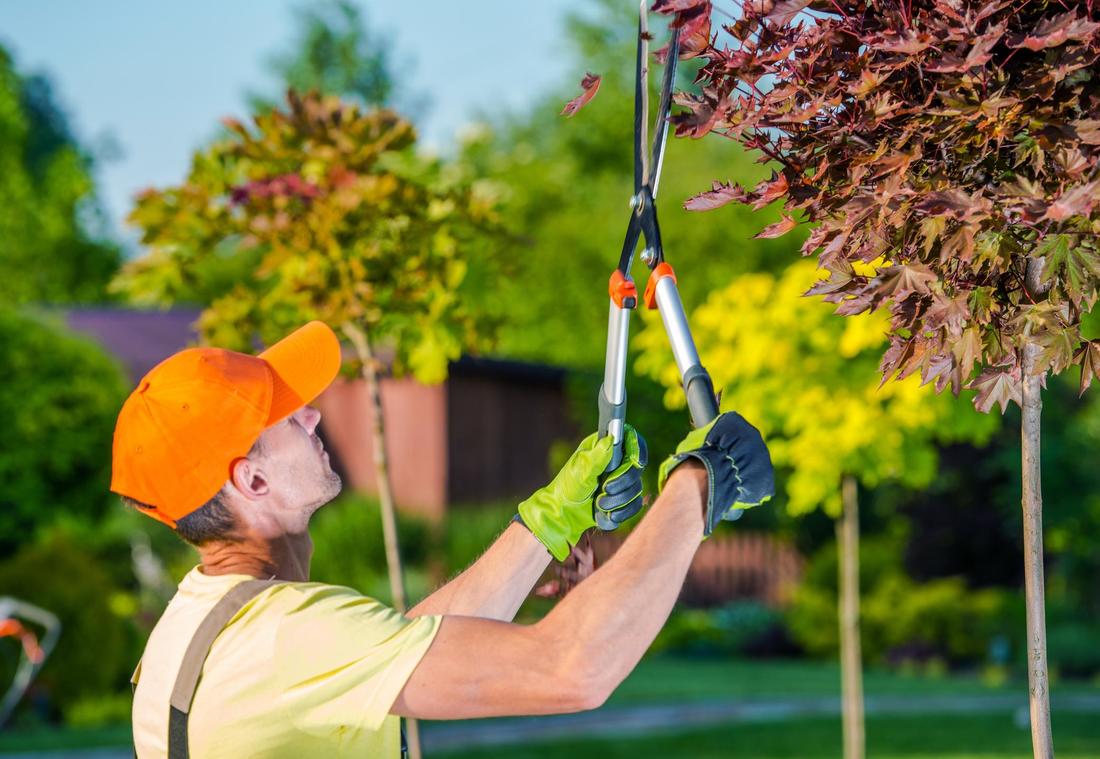The Fundamental Toolkit for Each Budding Forestry Professional
As the world becomes more urbanized, the significance of trees in our ecosystem cannot be ignored. Trees provide necessary benefits, such as improving air quality, increasing property value, and promoting mental health. However, looking after these majestic beings requires specialized knowledge and skills, making the position of an arborist increasingly vital. For those aspiring to enter the field or simply looking to understand the profession better, having the right toolkit is critical.

In this article, we will examine the fundamental tools and insights that every aspiring arborist should know. From comprehending https://www.okennedytreecare.ie/ behind tree pruning to spotting the signs that indicate when to call in a professional, we'll cover everything you need to explore the world of arboriculture. Additionally, we'll talk about the critical role arborists play in urban environments, tree health care, and sustainable practices, equipping you with a comprehensive guide to begin your journey in this rewarding profession.
Why You Should Care About of Certified Arborists
Engaging a professional arborist is essential for guaranteeing that trees are looked after in a safe and effective manner. Certified arborists have gone through extensive training and have in-depth knowledge in tree biology, health, and maintenance practices. They can determine the status of a tree accurately, making educated recommendations that emphasize both the tree's health and the safety of people and property surrounding it. This expertise reduces the risk of poor tree health or hazardous situations resulting from improper maintenance.
Besides their technical skills, certified arborists are devoted to environmentally friendly practices that enhance the environment. They appreciate the ecological significance of trees in urban settings and work to promote healthy growth, prevent disease, and ensure that trees prosper. This dedication to preservation helps address the rising urbanization issues faced by many communities, such as air quality deterioration and loss of biodiversity.
Moreover, certified arborists play a key role in informing the public about tree care. They give valuable information on topics such as selecting tree types, techniques for pruning, and pest management. By sharing their knowledge, certified arborists enable property owners to make informed decisions about their trees, ultimately fostering a deeper appreciation for the essential role trees play in our ecosystems.
Essential Instruments and Techniques
A skilled arborist relies on a range of dedicated tools to carry out their craft effectively. Chainsaws are essential for cutting larger branches and trunks, while manual tools like pruners and loppers help handle lesser limbs and foliage. Climbing gear, including harnesses and ropes, is critical for securely accessing elevated branches and making sure that arborists can operate securely at height. These tools not only enhance efficiency but also encourage safety during tree maintenance and removal tasks.
In also to physical tools, arborists use different techniques that draw on their understanding of tree biology and environmental factors. Tree pruning involves strategies tailored to support health and growth, such as thinning to enhance light penetration or selectively removing dead or diseased wood. Arborists also utilize techniques like cabling and bracing to support weak branches or trunks, effectively extending the life of the tree while minimizing risks. Knowledge of tree anatomy allows them to assess and execute the optimal approach for each individual situation.
Additionally, the advent of technology has provided new methods and tools that arborists utilize to evaluate tree health and potential hazards. Tools like hand-held soil testers and tree health assessment software facilitate informed decision-making based on metrics. Understanding these tools’ functions and uses is crucial for any aspiring arborist, as they play a critical role in nurturing healthy urban forests and securing the safety and longevity of separate trees.
Comprehending Arboriculture and Upkeep
Effective tree care and maintenance is essential for the well-being and longevity of trees. Routine inspections by certified arborists can spot likely issues such as disease, insect infestations, or structural weaknesses that could endanger a tree's stability. Experienced arborists employ their skills to suggest proper care routines, including watering, mulching, and fertilization, ensuring that each tree is given the necessary elements for ideal growth.
Trimming is another key aspect of tree maintenance, as it helps to eliminate dead or diseased branches and promotes healthy growth. Arborists know the theory behind pruning techniques and employ them based on the type and health of the tree. Timely pruning can boost sunlight penetration and air flow, lessening the risk of insects and diseases, while also contouring the tree for visual appeal in gardening.
Moreover, arborists play a important role during construction projects, where tree preservation is often ignored. They provide assistance to make sure that trees are protected from harm during the construction phase. Through thoughtful planning and care, arborists help sustain the environmental and aesthetic value of trees in city environments, ultimately benefiting the local community and the ecosystem.